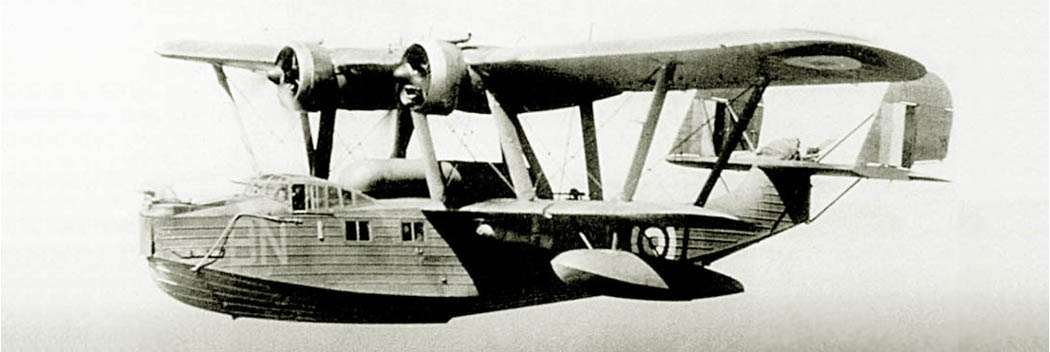
Aviation of World War II


 |
Aviation of World War II |


|
|
Soviet Union | Lend - Lease | Facts | Forum | Germany | Japan | R A F | U S A A F | Other | Photos |
|
|
LondonPatrol Flying BoatSaunders-Roe
The two-fin tailplane made it possible to place a machine-gun mount with good firing angles in the tail section of the fuselage, the cargo area on top of the fuselage (between the upper and lower wings), made it possible to transport bulky cargo on it (see top photo). The London prototype with 9-cylinder radial engines Bristol Pegasus III M3 went to flight tests in the spring of 1934.Their results were quite successful, and the Royal Air Force in 1935-36 ordered both modifications for a total of 30 seaplanes, the delivery of which from the factory at East Cowes were completed by May 1938. Two major modifications have been released. London Mk.I - Pegasus III M3 engines (2 × 820 hp). Small arms - 3 × 7.7 mm Lewis machine gun (1 each in the nose, upper and tail open turrets). Bomb load mass - up to 907 kg (2 × 227 kg and 2 × 113 kg bombs suspended under the wing). Crew - 6 people. 7 aircraft were produced, later modified to the Mk.II London Mk.II standard - Pegasus X engines (2 × 915 hp). Armament and crew, like the Mk.I. 23 aircraft were produced. The London seaplane turned out to be a fairly successful machine, despite its solid size, distinguished by its ease of piloting and a comfortable closed cockpit. |
|
|
Bibliography
* - As mentioned above, the corrugated patented sheathing had its drawbacks. This technology has never been particularly robust and it turns out that structural damage can be done fairly easily, especially in cases of rough use. On several occasions, the Marine Aircraft Experimental Establishment (MAEE) has criticized the "corrugation" method for being overly lightweight. |
||||||||||||||||||||||||||||||||||||||||||||